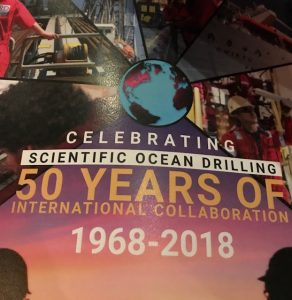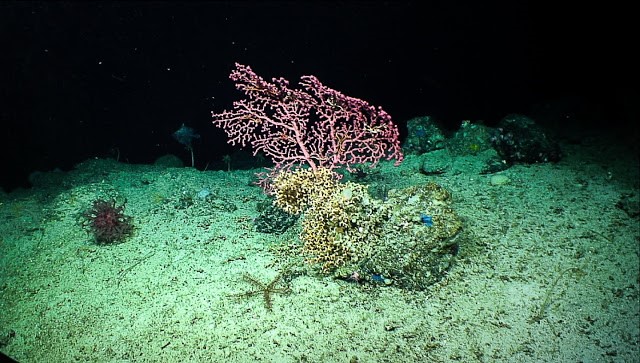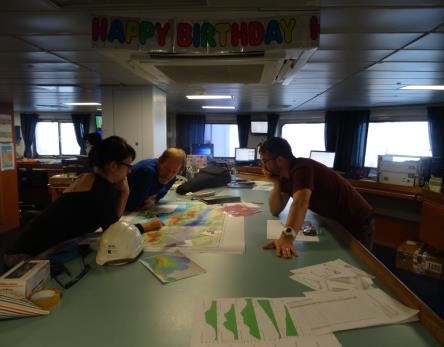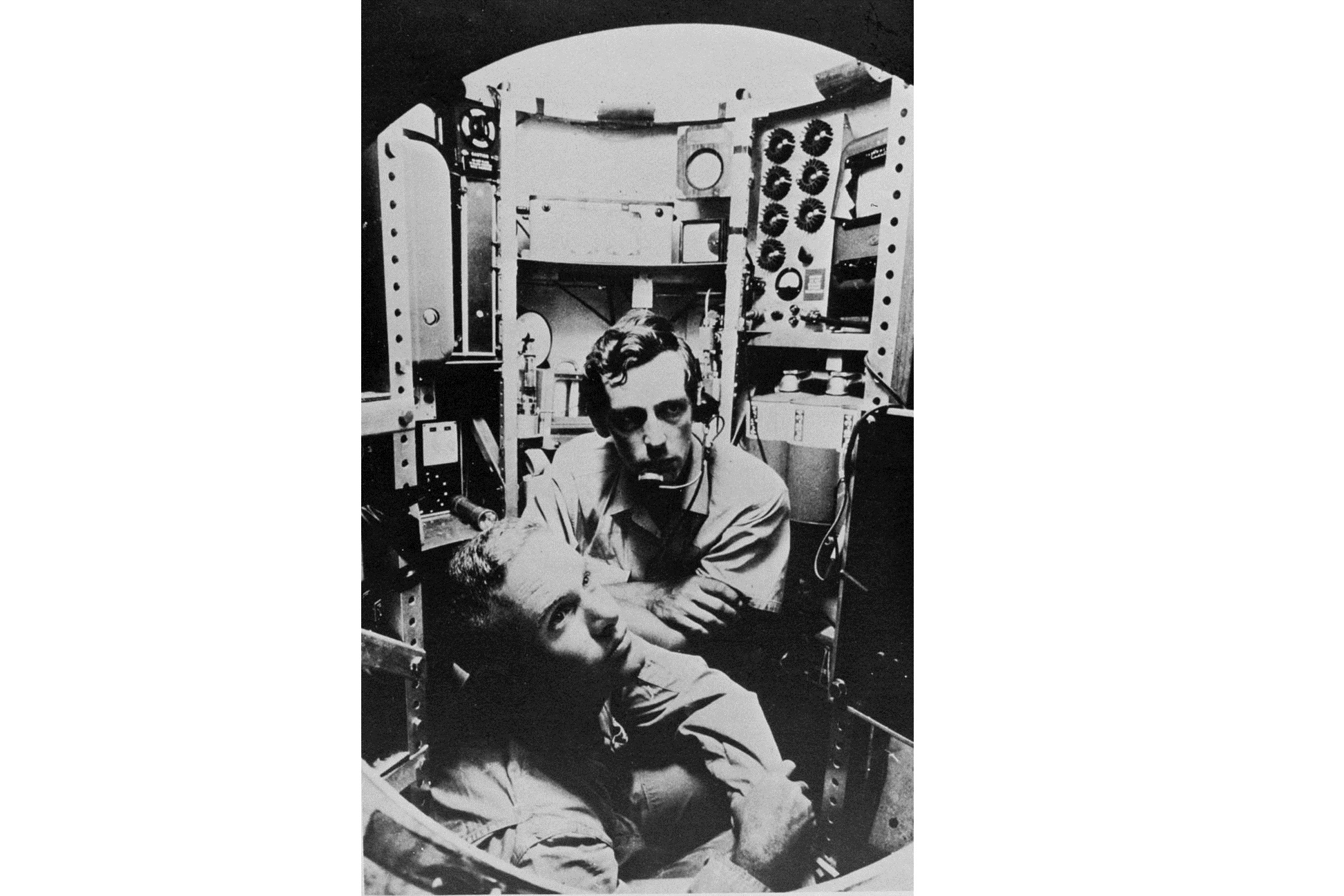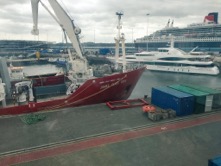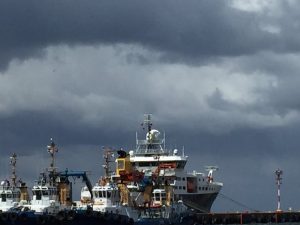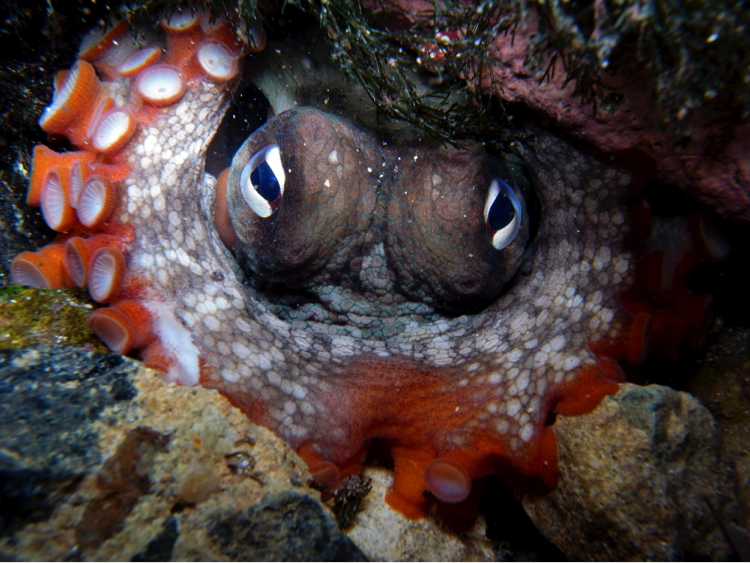
Journey Into The Unknown
First in our new series of posts from our students, mentors, facilitators and staff - this first post is from MSc Oceanography student Hannah Sharman:
“What does it feel like to be an octopus? To be a jellyfish? Does it feel like anything at all?”
So asks Peter Godfrey-Smith in his book, Other Minds: The Octopus, the Sea, and the Deep Origins of Consciousness. Just one of the manifold obscure influences to feed my long-standing fascination with the oceans.
Continue reading →


